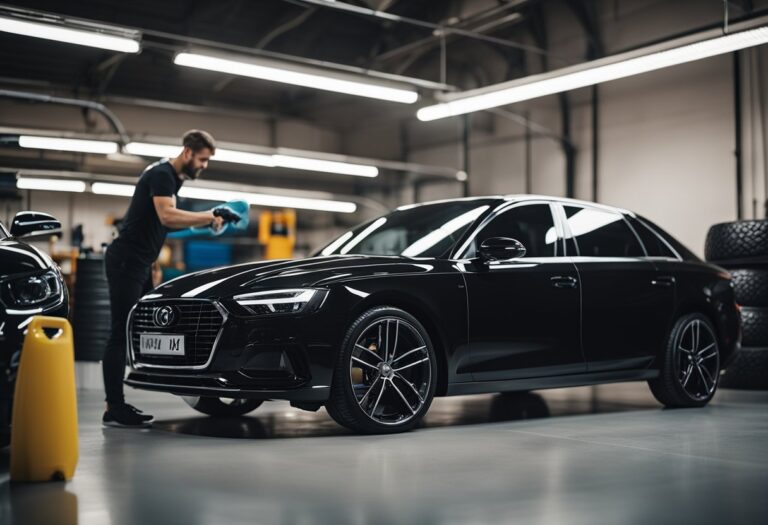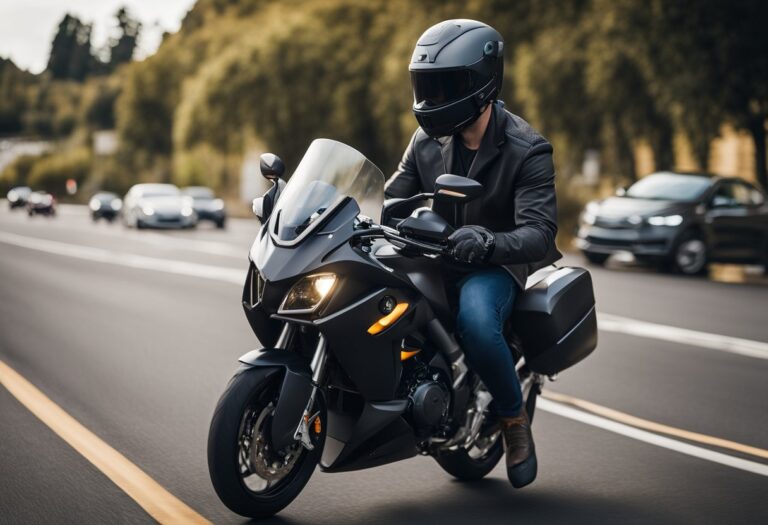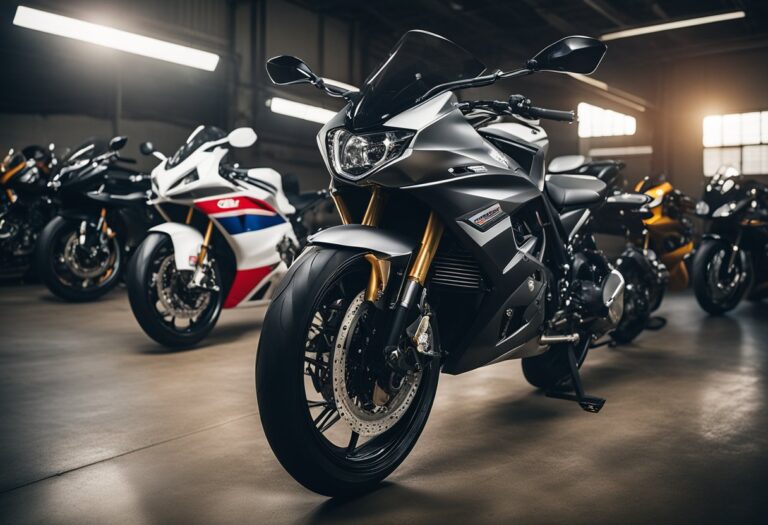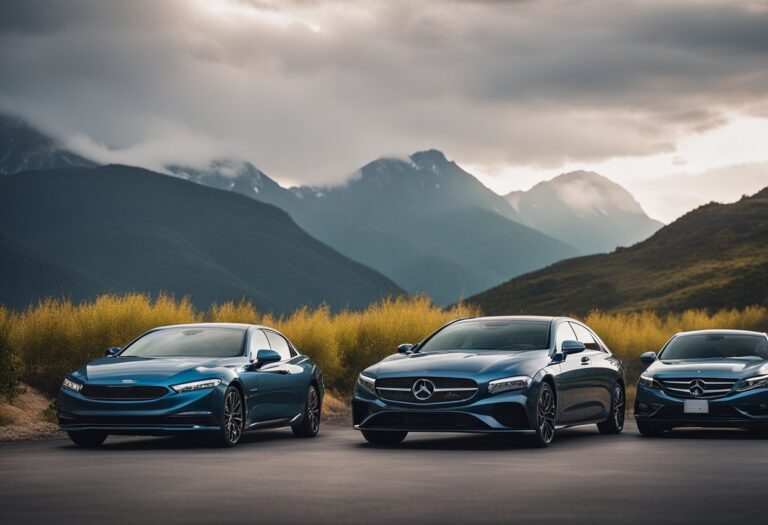Best Lightweight Mountain Bikes Under $1000: Top Picks for Budget-Conscious Riders
Mountain biking is a thrilling outdoor activity that requires a sturdy and reliable bike. However, not everyone can afford high-end mountain bikes that can cost thousands of dollars. Luckily, there are plenty of lightweight mountain bikes under $1000 that offer great value for money. These bikes are perfect for beginners or intermediate riders who want to experience the joy of mountain biking without breaking the bank.

When it comes to lightweight mountain bikes, there are several categories to consider, including cross-country, trail, and all-mountain bikes. Each category has its own unique features and benefits, so it’s important to understand the differences before making a purchase. In this article, we will explore the top lightweight mountain bikes under $1000 and highlight the key features that make them stand out. We will also provide tips on what to consider when buying a mountain bike and how to maintain it for optimal performance.
Key Takeaways
- Lightweight mountain bikes under $1000 offer great value for money and are perfect for beginners or intermediate riders.
- Understanding the different categories of mountain bikes is important when selecting a bike that meets your needs.
- Key features to consider when buying a lightweight mountain bike include suspension, frame material, and wheel size. Proper maintenance and safety precautions are also crucial for optimal performance and enjoyable rides.
Understanding Mountain Bike Categories

When it comes to mountain bikes, there are several categories to consider. Each category has its own unique features and benefits, so it’s important to understand the differences before making a purchase. Here are the most common categories:
Cross-Country Bikes
Cross-country bikes are designed for speed and efficiency on smooth, rolling terrain. They typically have a lightweight frame, narrow tires, and a suspension system with minimal travel. These bikes are ideal for riders who want to cover a lot of ground quickly and efficiently.
Trail Bikes
Trail bikes are a versatile option that can handle a variety of terrain, from smooth singletrack to technical descents. They have a slightly more relaxed geometry than cross-country bikes, with a longer wheelbase and slacker head angle. They also have wider tires and a suspension system with more travel. Trail bikes are a great choice for riders who want a bike that can handle a range of conditions.
Enduro Bikes
Enduro bikes are designed for aggressive riding on technical terrain. They have a longer travel suspension system than trail bikes, with a slacker head angle and a more aggressive geometry. They also have wider tires and a sturdier frame. Enduro bikes are a good choice for riders who want to tackle challenging descents and technical features.
Downhill Bikes
Downhill bikes are designed for high-speed descents on steep, technical terrain. They have the longest travel suspension system of any mountain bike, with a slack head angle and a low center of gravity. They also have wide tires and a sturdy frame with extra reinforcement. Downhill bikes are ideal for riders who want to push their limits on the most challenging terrain.
By understanding the different categories of mountain bikes, riders can choose the best option to suit their needs and riding style. It’s important to consider factors such as terrain, riding style, and budget when making a purchase.
Key Features of Lightweight Mountain Bikes

Frame Materials
The frame material is one of the most important factors to consider when choosing a lightweight mountain bike. The most popular materials used for frames are aluminum, carbon fiber, and steel. Aluminum is the most common material used for lightweight mountain bike frames due to its durability and affordability. Carbon fiber is a more expensive option but is known for its lightweight and stiffness. Steel frames are heavier but offer a smoother ride due to their ability to absorb shock.
Wheel Size
The wheel size is another key feature to consider when choosing a lightweight mountain bike. The most popular wheel sizes for mountain bikes are 26-inch, 27.5-inch, and 29-inch. The 26-inch wheel size is the traditional size and is known for its agility and maneuverability. The 27.5-inch wheel size is a newer option that offers a balance between agility and stability. The 29-inch wheel size is the largest option and is known for its stability and ability to roll over obstacles.
Suspension Type
The suspension type is also an important factor to consider when choosing a lightweight mountain bike. There are two main types of suspension: hardtail and full suspension. Hardtail bikes have a suspension fork at the front of the bike but no rear suspension. They are lighter and more efficient but offer less comfort on rough terrain. Full suspension bikes have both front and rear suspension and are heavier but offer more comfort on rough terrain.
When choosing a lightweight mountain bike, it’s important to consider these key features to ensure that you get the best bike for your needs.
Top Lightweight Mountain Bikes Under $1000

When it comes to finding the best lightweight mountain bikes under $1000, there are plenty of options available in the market. In this section, we will take a look at some of the top models that offer great value for money.
Hardtail Models
Hardtail mountain bikes are a popular choice among riders who prefer a lightweight and efficient ride. Here are some of the top hardtail models under $1000:
| Model | Weight | Frame Material | Price |
|---|---|---|---|
| Trek Marlin 6 | 29.1 lbs | Aluminum | $899.99 |
| Giant Talon 29 | 30.2 lbs | Aluminum | $750 |
| Diamondback Hook | 32 lbs | Aluminum | $749.99 |
The Trek Marlin 6 is a versatile hardtail mountain bike that offers a smooth and comfortable ride. It comes with a lightweight aluminum frame, a 100mm suspension fork, and a 2×8 drivetrain. The Giant Talon 29 is another great option that features a lightweight aluminum frame, a 100mm suspension fork, and a 2×9 drivetrain. The Diamondback Hook is a budget-friendly option that offers a durable aluminum frame, a 120mm suspension fork, and a 1×8 drivetrain.
Full-Suspension Models
Full-suspension mountain bikes offer a more comfortable and capable ride, especially on rough terrain. Here are some of the top full-suspension models under $1000:
| Model | Weight | Frame Material | Price |
|---|---|---|---|
| Schwinn Traxion | 44.1 lbs | Aluminum | $999 |
| Mongoose Impasse | 44 lbs | Aluminum | $699 |
| Kent KZ2600 | 43 lbs | Aluminum | $399.99 |
The Schwinn Traxion is a full-suspension mountain bike that offers a smooth and stable ride. It features a lightweight aluminum frame, a 100mm suspension fork, and a 1×8 drivetrain. The Mongoose Impasse is another great option that comes with a durable aluminum frame, a 100mm suspension fork, and a 1×9 drivetrain. The Kent KZ2600 is a budget-friendly option that offers a full-suspension frame, a 65mm suspension fork, and a 1×7 drivetrain.
Overall, these are some of the top lightweight mountain bikes under $1000 that offer great value for money. Whether you prefer a hardtail or a full-suspension model, there is a bike out there that will suit your needs and budget.
Factors to Consider When Buying

Bike Fit
One of the most important factors to consider when buying a lightweight mountain bike is ensuring that it fits the rider properly. A bike that is too big or too small can cause discomfort, pain, and even injury. Riders should consider their height, inseam, and riding style when choosing the right size bike. It’s also important to consider the frame geometry, as different designs can affect the fit and handling of the bike.
Gear Ratio
The gear ratio of a mountain bike determines how easy or difficult it is to pedal up hills and through rough terrain. Riders should consider the terrain they will be riding on and their own fitness level when choosing the right gear ratio. A lower gear ratio is better for steep climbs and technical terrain, while a higher gear ratio is better for flat or rolling terrain. It’s important to choose a bike with a wide range of gears to accommodate different riding conditions.
Brake Type
The type of brakes on a mountain bike can greatly affect its performance and safety. There are two main types of brakes: rim brakes and disc brakes. Rim brakes are lighter and less expensive, but they can wear down the rims of the wheels over time. Disc brakes are more powerful and reliable, but they are heavier and more expensive. Riders should consider their budget and riding style when choosing the right type of brakes for their bike.






